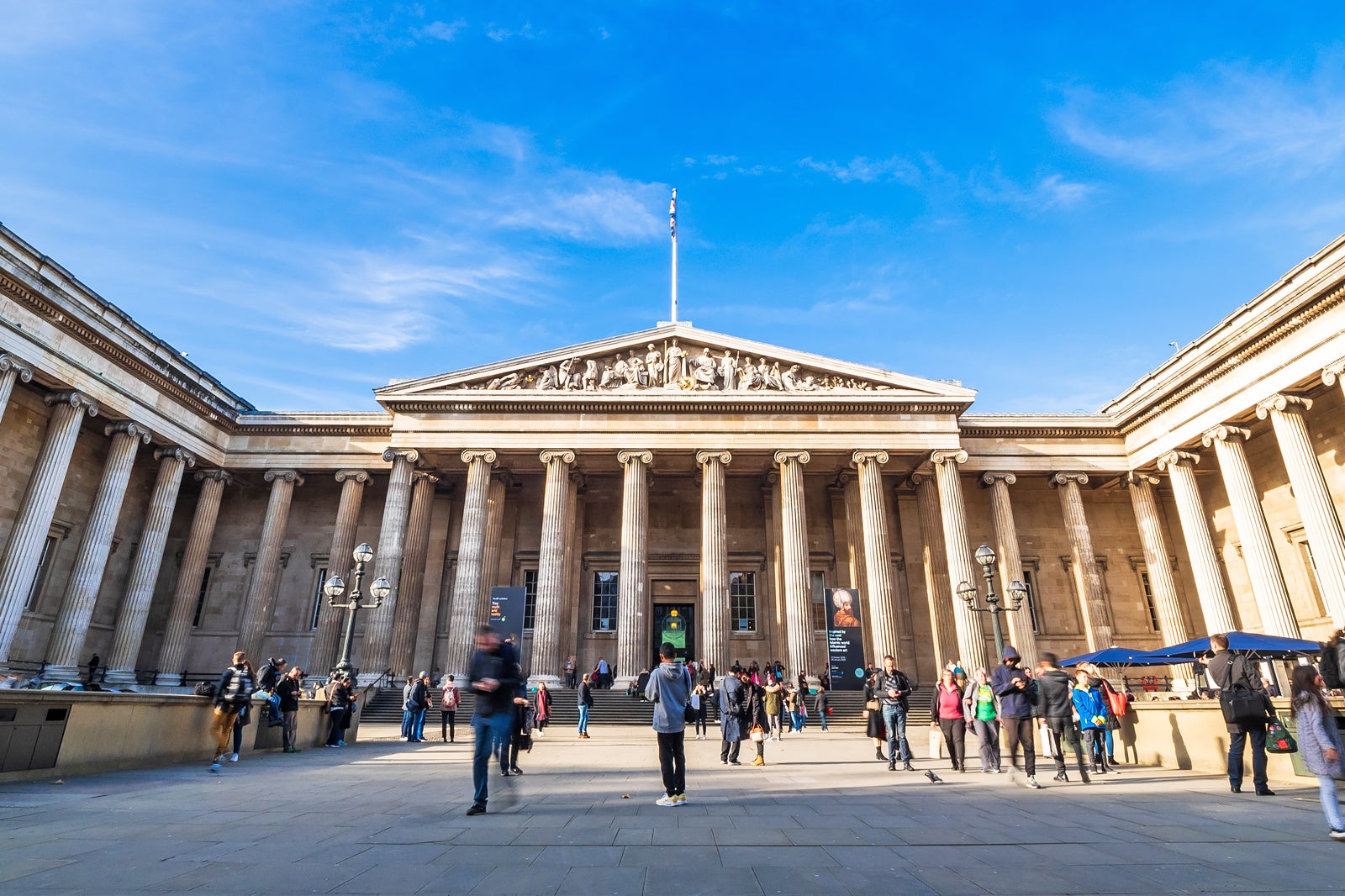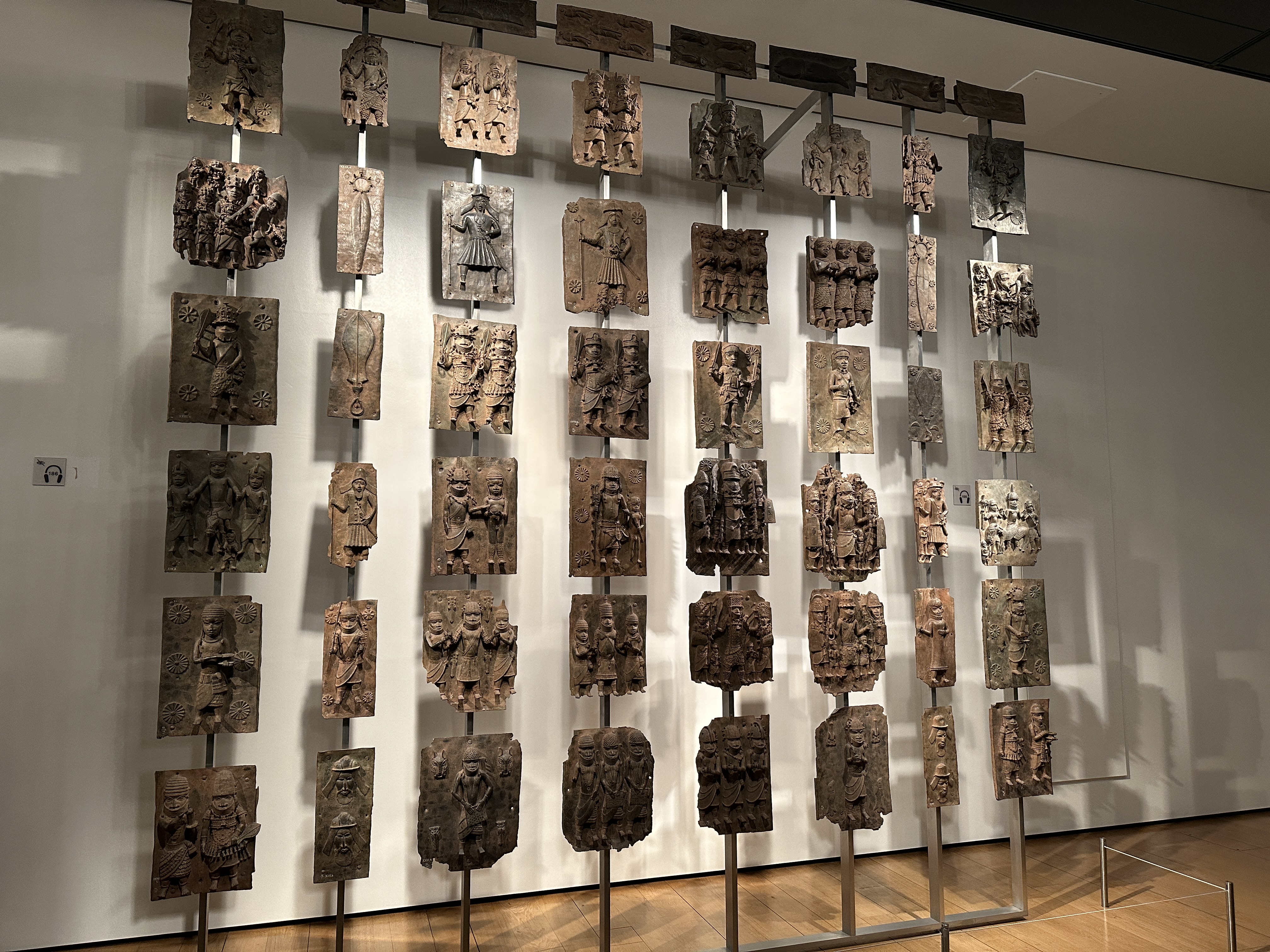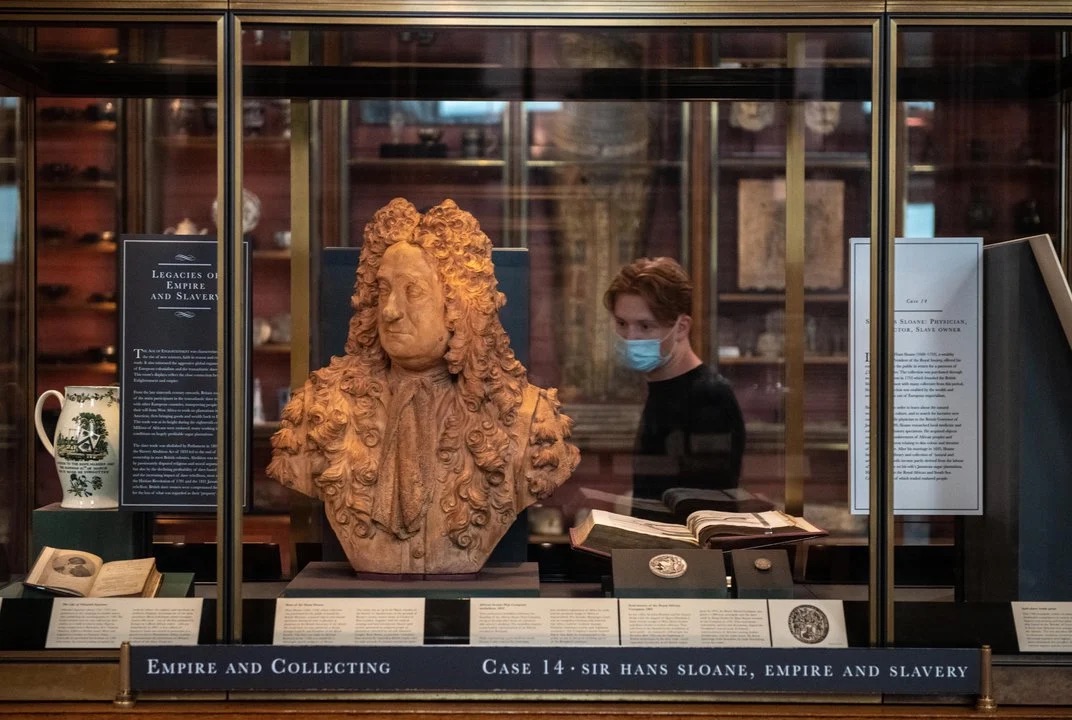- Published on
Introduction to Museums - The British Museum

Table of Contents
- Introduction
- Considerations of Museums
- Acquisition of Conquest
- The Epic of Gilgamesh & The History of Museums
- A Cabin of Curiosity
- The British Museum
- The Benin Bronzes
- Hans Sloane
Introduction
Although we might consider Museums to be established locations denoted as museums, museums can be everywhere. Statues, buildings, and even cities act as museums that individuals can experience and feel from. Museums are often places of local and national identity, representing more than just places to visit and sightsee. They are the living breathing heart of a cultural identities history.
The objects of museums are often beautiful and historical treasures that are enjoyed by many, yet there exists a lot of complexity about the ethical implications of the sourcing and funding of objects. Museums contain the fruit of world history, which as a byproduct contain many issues in terms of funding and acquisition.
Considerations of Museums
- How do we deal with museums that have sourced their objects in a wicked way?
- How do we deal with historical objects that celebrate historical figures that have committed atrocities that were acceptable at the time?
- Should museums contain works that do not belong to their own culture?
- What is the difference between visiting a museum in person vs. seeing a piece online? How might this change with AR/VR?
Acquisition of Conquest
Beginning in Roman times there was often a tradition to display the spoils of war, which are shown throughout museums. These spoils of war are often subject of horrible atrocities that have happened in the past, raising the question of whether they should be displayed in the museums in the first place.
Considerations of Returning to Cultural Owners
Consider the case study of the Assyrian Winged Gods. They were acquired by the British Museum from the local area for a cheap price at a desperate time, which that might be considered rather unethical. A few years later, the area of acquisition was destroyed by warfare raising the question of whether it was a positive that the British Museum acquired the piece.
Considerations of Value
It often benefits artists to have their works in large museums over local museums as it gives their work value when they gain more exposure in larger exhibits. Is this necessarily something that should happen?
The Epic of Gilgamesh & The History of Museums
The Epic of Gilgamesh is an ancient Mesopotamian epic poem that tells the story of a legendary king named Gilgamesh, who goes on a quest for immortality and ultimately learns the importance of living a meaningful life. While the epic itself does not directly relate to the first museums, the story of Gilgamesh is significant because it has been a key source of inspiration for the earliest museum collections.
The ancient Mesopotamians, including the Sumerians and Babylonians, were renowned for their artistic and cultural achievements, and they produced many objects of great beauty and significance. These objects included works of art, religious artifacts, and documents such as cuneiform tablets.
As these ancient civilizations declined and were eventually conquered by other peoples, many of their artifacts were lost or destroyed. However, some of these objects were preserved by collectors and scholars, who recognized their historical and cultural importance.
One of the earliest examples of a collection of Mesopotamian artifacts is the collection of cuneiform tablets assembled by the Assyrian king AshurbanipalBCE. These tablets included many of the great works of Mesopotamian literature, including the Epic of Gilgamesh.
Over time, these collections grew and were eventually housed in the first museums, such as the British Museum in London, which opened in 1753 and included a large collection of Mesopotamian artifacts. These early museums played an important role in preserving and interpreting the world's artistic and cultural heritage, and they continue to do so today.
A Cabin of Curiosity
These collections were often housed in small rooms or cabinets and were filled with a wide variety of objects, ranging from natural specimens and scientific instruments to works of art and oddities from exotic cultures.
The purpose of a Cabinet of Curiosity was to showcase the owner's wealth, knowledge, and taste, and to inspire wonder and curiosity in visitors. These collections were often assembled by wealthy aristocrats, scholars, and scientists, who traveled extensively and collected objects from around the world.
The objects in a Cabinet of Curiosity were often arranged in a haphazard manner, without regard for traditional taxonomies or classifications. For example, a piece of coral might be displayed next to a painting, a rare book, and a piece of taxidermy. This eclectic arrangement was intended to encourage visitors to make connections between seemingly unrelated objects and to stimulate their imagination and curiosity.
The British Museum
The Benin Bronzes

The Benin Bronzes are artistically and culturally significant artifacts created by the Edo people in the Kingdom of Benin, present-day Nigeria. These intricate brass and bronze artworks showcase the Edo's sophisticated metalworking techniques and provide insights into their customs, beliefs, and social structure. They also symbolized the power and authority of the Oba (king) of Benin. British forces looted thousands of these bronzes during the 1897 Punitive Expedition, and many ended up in European museums or private collections. Recently, there have been calls for their repatriation, with some institutions starting to return these artifacts to Nigeria.
Hans Sloane

Hans Sloane was a British physician and collector, who is best known for his extensive collections of cultural objects. His collections laid the foundation for what would become the British Museum, as they were bequeathed to the nation upon his death.
In recent years, there have been growing ethical concerns about the origins of many items in Sloane's collection, as well as his connections to slavery. Sloane married Elizabeth Rose, the owner of sugar plantations in Jamaica, and he had financial interests in these plantations, which relied on the labor of enslaved people. Additionally, some of the objects in his collection were acquired through colonial exploitation or other ethically dubious means.
The museum has updated its displays to provide context, retitling the Enlightenment Gallery to "Collecting and Empire." They have also organized events, discussions, and programming that address the history of slavery and its relationship to Sloane and the museum collection. Additionally, the museum is committed to researching and collaborating with partner institutions to better understand the connections between its collections and the history of colonialism and slavery.
- Authors

- Name
- Apurva Shah
- Website
- apurvashah.org